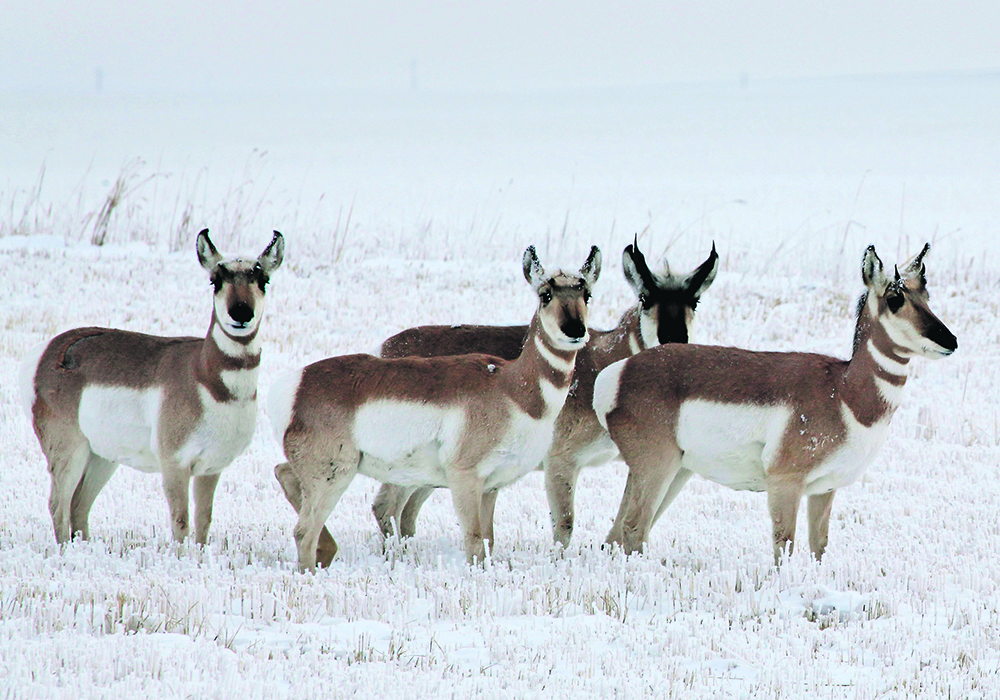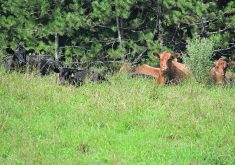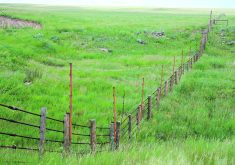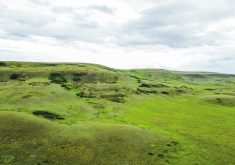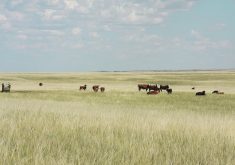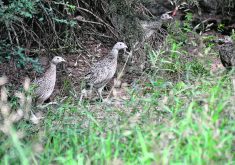Alberta and Saskatchewan work with other organizations to make Trans-Canada Highway crossings safer for the animals
Wildlife crossings in the Rockies are a regular sight but a group of conservation and government officials in Alberta and Saskatchewan are looking to install safe areas for migrating pronghorn herds to cross the Trans-Canada Highway.
The PronghornXing program is a joint initiative between the Miistakis Institute, Alberta Conservation Association and National Wildlife Federation with support from the governments of Saskatchewan and Alberta and the Nature Conservancy of Canada.
The aim is to enhance survival of pronghorn crossing the highway between Brooks, Alta., and Swift Current, Sask., which are hot spots for the nimble but sometimes peculiar prairie ungulates.
Read Also

Russian wheat exports start to pick up the pace
Russia has had a slow start for its 2025-26 wheat export program, but the pace is starting to pick up and that is a bearish factor for prices.
Tracy Lee, Miistakis Institute director of conservation research, said the project is narrowing down possible crossing locations as radio collar tracking and migration modelling data reveal pronghorn have difficulty finding highway crossings.
“Between those two data sets, we’ve been able to identify mitigation neighbourhoods where we saw the potential to facilitate safe movement for pronghorn,” said Lee.
Recent site visits to six locations — three in Alberta and three in Saskatchewan — involved project proponents and environment and transportation ministry officials from both provincial governments.
Land ownership, municipal development plans and the feasibility of constructing safe crossings must be weighed against where the best locations are from ecological perspectives, said Lee.
It’s difficult to find a good a location, she added, noting crossing would likely need to include rail tracks in addition to the highway.
Research in Wyoming has shown that pronghorn will use such wildlife crossings, both overpasses and underpasses.
“They were heavily used and the second thing was that pronghorn preferred to use the overpasses and the mule deer preferred the underpasses,” said Lee of that research. “When you think about the biology of pronghorn, we believe that it’s a risk factor and line of sight (issue).”
Pronghorns’ nature is to crawl under fences rather than leap over them, which means underpasses would need to take into consideration some of the peculiarities of the animal and be shallow and wide, said Lee.
But the initiative is important to protect the iconic prairie mammal, one of the fastest on the planet.
“What’s needed is pressure on the government to understand the importance maintaining and conserving pronghorn,” she said. “If we want to maintain the migratory population of pronghorn, we have to invest in infrastructure that supports their movement. And the Trans-Canada Highway is one of those pieces of infrastructure (that) is a barrier.”
It’s important for locals in regions populated with pronghorn to emphasize to officials the need to protect the species, which has in past decades faced uncertainty and extirpation.
“Pronghorn are still crossing but we are concerned as traffic volumes increase, that barrier effect will get worse,” said Lee.


